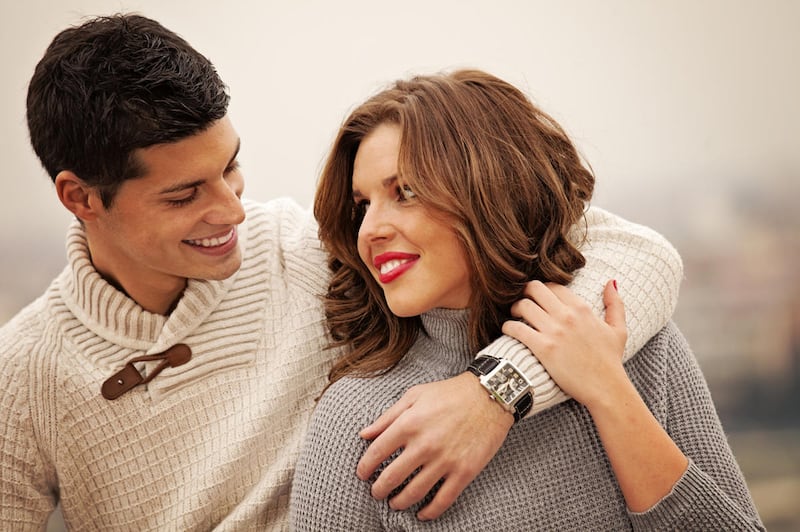People do have a "type" when deciding who is attractive. And its foundation is as unique as the individual doing the deciding, based on that person's own experiences, according to new research.
The study by researchers at Harvard University, Gettysburg College and Wellesley College has been published online in Current Biology.
"Of course, some aspects of attractiveness are pretty universal and may even be coded into our genes," the researchers said. "For example, people tend to prefer faces that are symmetric. Beyond such limited shared preferences, however, people really do have different 'types,'" noted a Science Daily write-up of the research.
To see what people found attractive, the researchers offered an online survey that 35,000 people took, rating faces for attractiveness on testmybrain.org. In the study, the researchers wrote that "although certain characteristics of human faces are broadly considered more attractive (e.g., symmetry, averageness), people also routinely disagree with each other on the relative attractiveness of faces. That is, to some significant degree, beauty is in the 'eye of the beholder.'”
They used a study design that allowed them to show that individual facial preferences could be measured "reliably," they said. They found that "individual face preferences result primarily from environments that are unique to each individual." Individuals, they note, grow accustomed to the faces they see at work or in their own surroundings and those familiar faces become more attractive.
"This is in striking contrast to individual differences in face identity recognition, which result primarily from variations in genes. … The large impact of experience on individual face preferences provides a novel window into the evolution and architecture of the social brain, while lending new empirical support to the long-standing claim that environments shape individual notions of what is attractive," they wrote.
To further answer the question of whether ideals of attractiveness are driven by environment or genetics, they constructed a second stage for the study. According to Time, the researchers looked at which faces were preferred by 547 pairs of identical twins and 214 pairs of fraternal twins. "The hope was that by studying people who are genetically the same (or at least very similar) and who grew up and in the same environment, they would gain some insight into the nature-or-nurture effects of where the 'eye of the beholder' variation in attractiveness perception comes from," wrote Time's Alexandra Sifferlin.
She said one of the researchers, Jeremy Wilmer of Wellesley College, told her that genetic influence would be indicated by similar preferences by identical twins, compared to fraternal twins. "On the other hand, if family environment is highly influential, the researchers would expect fraternal twins to be quite similar to each other in preferences. But that’s not what they found," Sifferlin wrote.
“In our case, we found that even though identical twins share all of their genes and their family environment they were really, really different from each other in their facial aesthetic preferences,” Wilmer told her.
Email: lois@deseretnews.com, Twitter: Loisco


